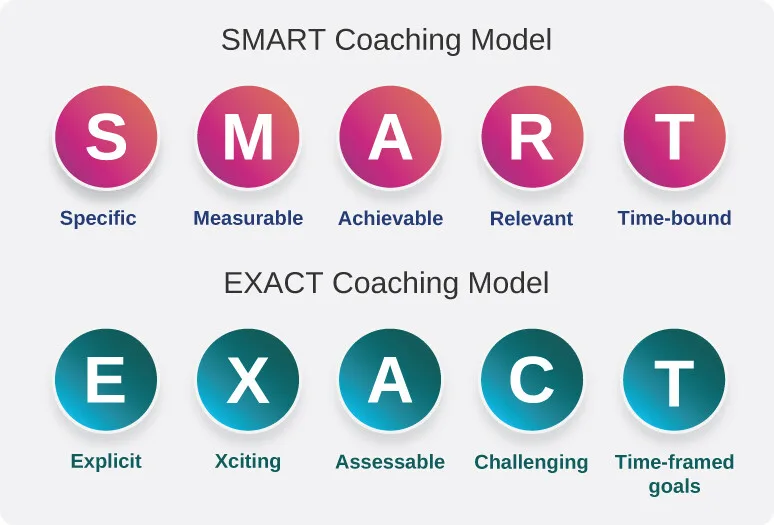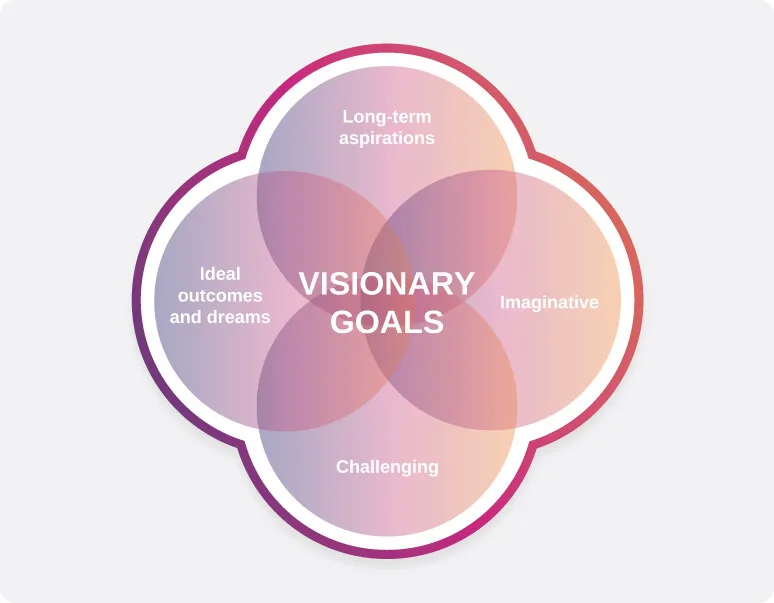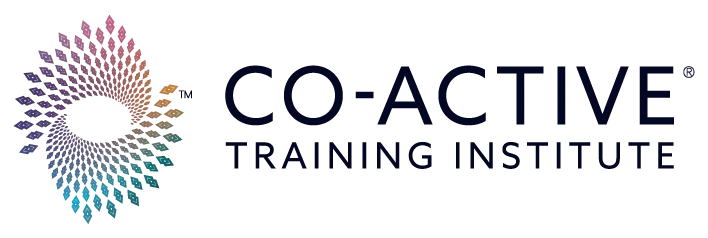The path to personal and professional growth is an exciting journey filled with both triumphs and challenges. As a coach, you play a pivotal role in guiding your clients on this path, helping them navigate obstacles, unlock their potential, and achieve their aspirations. Coaching goals serve as beacons that illuminate the way forward and keep you and your client on track.
Whether you’re a seasoned coach or just embarking on your coaching journey, mastering the art of setting effective coaching goals should be a top priority. Let’s explore the significance of well-defined goals, how to help your clients clarify their aspirations, and practical frameworks for achieving worthwhile outcomes together.
Understanding Transformational Coaching Goals
Coaching goals are the specific, measurable outcomes that clients hope to achieve through the coaching process. These objectives align with the client’s vision and aspirations and create a direction for their personal or professional growth. By identifying personalized goals with their clients, coaches bring structure, focus, and motivation to encourage their clients forward.
Why Is Goal Setting Crucial in Coaching?
Goal setting is the cornerstone of effective coaching for several key reasons:
- Goals provide a clear structure for the coaching process, ensuring that every session has a purpose and focus as the coach and client move toward a target.
- Setting goals inspires clients to take actionable steps, keeping them enthusiastic and engaged.
- A well-defined goal-setting process inspires transparency and collaboration, strengthening the trust in a coach-client relationship.
- Goals create a sense of ownership and real accountability, encouraging clients to stay committed to the process they have started.
- Setting and reviewing goals crystalizes a client’s self-awareness of their values, strengths, and areas where growth is needed.
- For team coaching, shared goals can unite members, inviting collaboration, personal growth, and collective achievement.
- Goals enable coaches and clients to measure progress, celebrate wins, and identify areas for adjustment.
Short-Term Vs. Long-Term Goals in Coaching
It helps to categorize coaching goals into short- and long-term objectives, each serving distinct purposes within the broader vision.
Short-Term Goals
Short-term goals are immediate, actionable, and measurable objectives that clients want to achieve within a limited timeframe, typically a few weeks or months. For instance, one client may set a goal to improve their time management skills over 30 days by implementing a new scheduling tool. Another client might aim to increase physical activity by implementing a new aspect of their daily routine with the help of a training app.
Long-Term Goals
Long-term goals focus on larger or broader aspirations that require sustained effort and planning over months or even years. For example, one client might aim to transition into a leadership role within two years by acquiring the necessary certifications and developing interpersonal skills. Another client might set a measurable goal to improve their bone density and posture through nutrition, stretching, and weight-bearing exercise.
5 Key Steps to Setting Coaching Goals With Clients
Achieving coaching goals requires an intentionally structured approach. We recommend following these five steps:
1. Clarify the Client’s Vision
Begin by understanding the client’s overarching aspirations. Use questions like, “What do you want to achieve in the next six months, year, and five years?” to help them uncover their vision. Prioritize and clarify these coaching goals to ensure alignment with their values and needs.
2. Set Milestones and Deadlines
It is essential to establish milestones with specific deadlines. For example, a client aiming to write a book in a year could set monthly milestones like completing two chapters per month. Check with them regularly to ensure they progress steadily.
3. Create a Plan for Achieving Defined Goals
Develop a concrete action plan. Collaborate with the client to break long-term goals into manageable steps. For instance, a client seeking career advancement might focus on networking in the first quarter and skill-building in the next. Choose a coaching model like GROW or CLEAR to guide the process.
4. Overcoming Challenges in Goal-Setting
Identify potential obstacles like time constraints or limited resources and develop strategies to address them. For instance, teach them specific time management techniques or help clients reframe setbacks to see them as learning opportunities. Flexibility is key to adapting coaching goals as circumstances change.
5. Set Up a Progress Evaluating Process
Establish metrics to track client progress, like KPIs or self-assessment tools. Schedule regular check-ins with them to look at data, evaluate achievements, encourage reflection, and adjust goals as needed. For example, a leadership coaching client might review team feedback monthly to gauge improvements.
Understanding Essential Goal-Setting Frameworks/Models
Different frameworks provide structure for goal setting. Here are three widely used models:
The SMART Model
The SMART framework emphasizes specific, measurable, achievable, relevant, and time-bound goals. For example, “Increase sales by 15% within six months” is a SMART goal, as is “Increase debt-service ratio from 1.25 to 1.30 within 12 months.” This model ensures a clear objective and timeline for accountability.
The EXACT Model
The EXACT framework — explicit, eXciting, assessable, challenging, time-framed — adds an emotional component to goal setting. For instance, one client might set an EXACT goal to launch an inspiring nonprofit initiative by year-end, and another might decide to increase the number of annual scholarships through their teen mentorship program from 6 to 10 over the next twelve months.

Visionary Goals
Visionary goals focus on long-term aspirations, encouraging clients to imagine their ideal outcomes. Visioning exercises and brainstorming can help clients articulate these goals. For example, “establish a legacy as a thought leader in sustainability over the next decade” might be a visionary goal. Another might be to “procure, renovate, and develop a property to produce a sustainable income within the next five years.”

Things to Avoid in Goal-Setting for Coaching
Effective goal-setting requires avoiding common pitfalls:
- Setting unrealistic goals. Overly ambitious goals can demotivate clients and feel insurmountable. Ensure client objectives are reasonable and attainable.
- Lack of specificity and clarity. Vague goals lead to confusion. Ask powerful questions to help clients define their goals clearly.
- Neglecting the coaching process. Rushing into goal-setting without understanding the client’s context undermines effectiveness. Take time to know the client and be clear about desired outcomes and their potential to reach them.
- Failure to adjust goals. Goals should evolve as the client progresses or circumstances change. Help clients learn to be flexible and growth focused.
Prepare for Transformational Coaching With Co-Active
Coaching goals are the foundation of successful coaching relationships. They provide structure, direction, and inspiration to help clients achieve their desired outcomes. Coaches can facilitate transformational outcomes in others by leveraging proven frameworks and adapting to unique client needs and potential.
At Co-Active Training Institute, we prepare coaches to set and achieve meaningful coaching objectives with their clients. If you want to learn to shape how people perceive the world and facilitate the change and growth they want to experience, our Coach Training resources can help. Register today for an upcoming Introduction and Demo Webinar and discover how we help Co-Active learners prepare to be transformational coaches.

